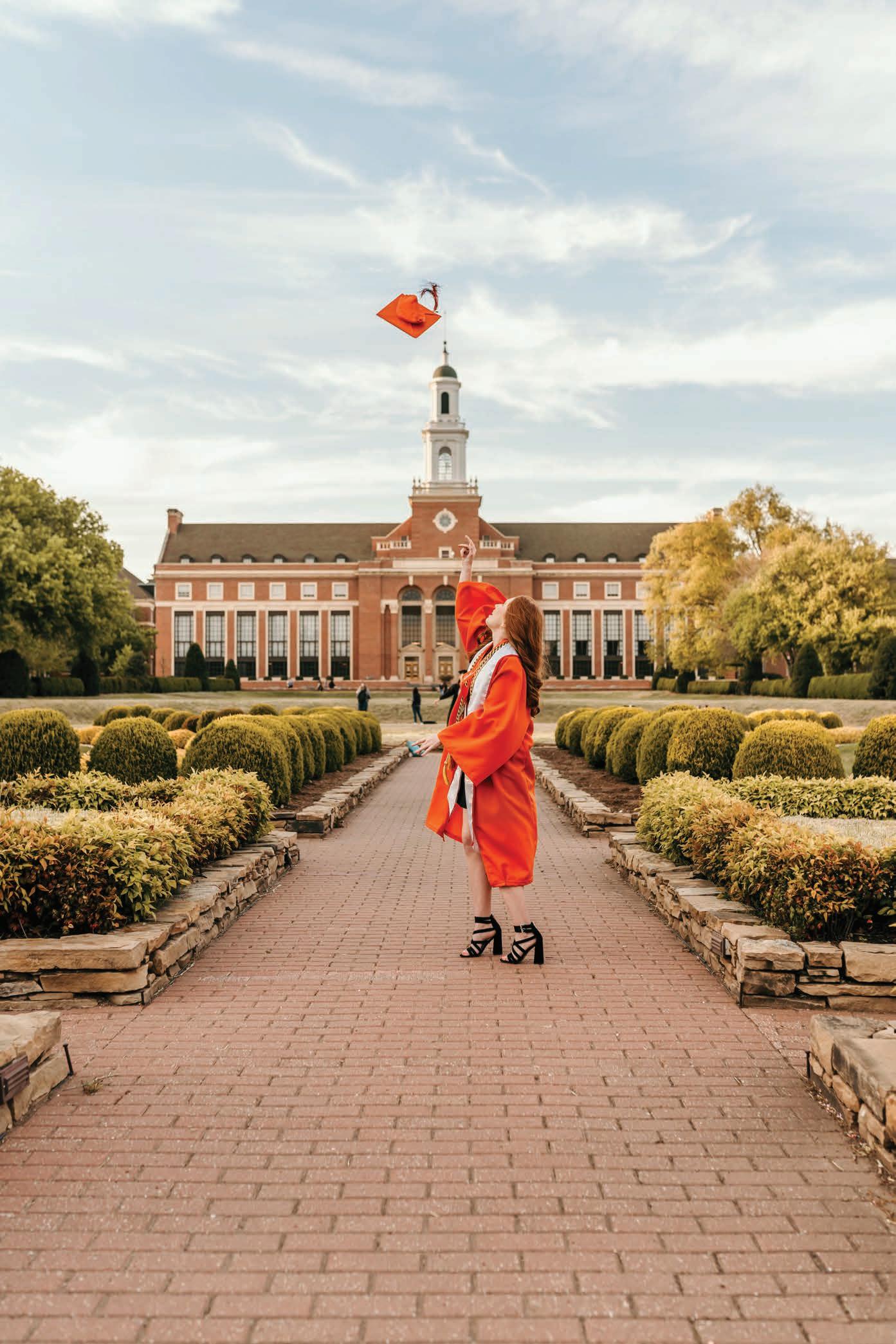“It’s always exciting to see because students can start to see the parts of the structure they’ve learned,” Denzer said. “Now, they can connect with it visually versus with just the pictures they’ve seen.” Students with the most noticeable “ah-ha” moments are the students without any chemistry or biology background, Ramanathan added. “I can see in their eyes they’re really excited to see it,” Ramanathan said. “When they have a protein structure in their hands and start turning it over, they say ‘OK, this is what happens in this condition.’” Ramanathan said he sees his students learning more from their peer-to-peer interactions. “When they hold a model, you can see in their eyes as they point out the different parts and talk to their friends,” Denzer said. “Those are lightbulb moments.” Hayes said he can see himself using the creative methods of teaching Ramanathan uses in his personal teaching career. “Hands-on learning has a special place in agricultural education, and the models used in the introduction to food science class could easily be adapted to the high school setting to spark the interests of the next generation of food scientists at Oklahoma State,” Hayes said. Moving forward, Ramanathan said he wants to grow his 3D model collection from the three he has now. Having more models in his collection will make group activities easier, he added. Looking beyond 3D printing, Ramanathan said he is considering using virtual reality as a long-term goal. “Lecturing can be boring sometimes, but if the students start seeing the real picture, they engage more,” Ramanathan said.
MATT STAPLES LAKE COUNTY FLORIDA
Eric (left) and Cheryl DeVuyst enjoy time on the family farm. Photo by Brittny Richards.
A FAMILY INVESTMENT
Eric and Cheryl DeVuyst have planted roots at Oklahoma State University. After working at various places across the U.S., the DeVuysts decided to settle down in Oklahoma and raise their daughter, Megan. The pair has taught at OSU since 2008, and Cheryl DeVuyst was recently named the head of the OSU Department of Agricultural Economics. “When we met, we were taking classes together,” Eric DeVuyst said. “We don’t know anything different than spending most of our day together.” Their offices were two doors down from one another, but with Cheryl DeVuyst’s new position that proximity has changed. She has served in various positions on campus so an office change is not something new to her, she said. “We ride to campus together about 50% of the time,” Eric DeVuyst said. “We have various obligations that will keep us at school, and there are other things one of us may need to go home and check on.” Working in the same department often leads them to interacting with the same people on a daily basis. This allows them to leave the work talk at work the majority of the time, Eric DeVuyst said. “Eric has more fun than pretty much anybody on this floor,” Cheryl DeVuyst said. “I enjoy that about him.” Laughter is a familiar sound near their offices, she said. A constant flow of student traffic goes in and out of their offices, and students truly bring joy to the department, she said. “We are human,” Eric DeVusyst said. “We have our disagreements, but we enjoy the life we live. We laugh a lot and truly live a joyful life.” For the past few years, the DeVuysts also enjoyed the on-campus company of Megan and their son-in-law, Jake Fanning. Family is important to the DeVuysts, which is evident in how they treat their students, Fanning said. “Have your priorities in order,” Cheryl DeVuyst said. “Don’t lose sight of what is most important, which to us is our faith and our family.” The Ferguson College of Agriculture welcomed this family with open arms and made the unfamiliar territory a place they happily call home, she said. “When our daughter was considering schools,” Cheryl DeVuyst said. “She told me ‘Why would I go anywhere else? This is family. This is home.’” — CC
VOLUME 22 NUMBER 2 | 45


























